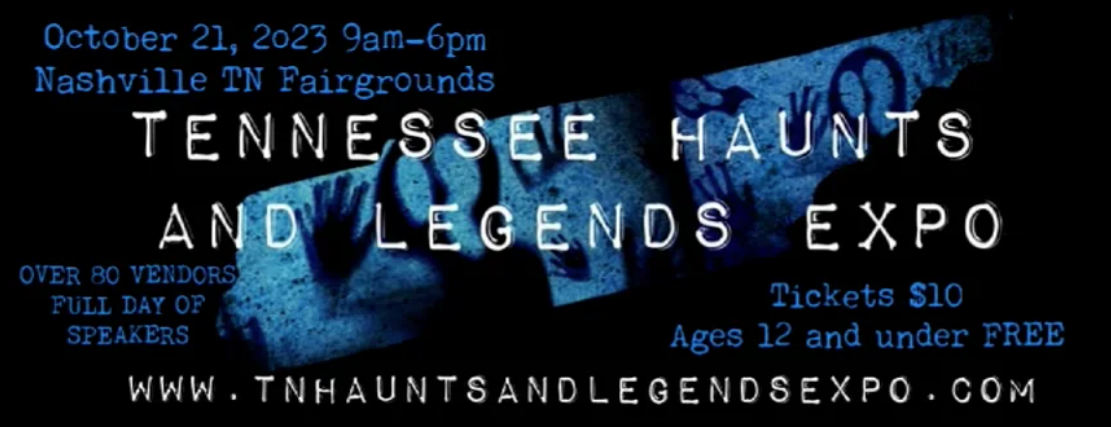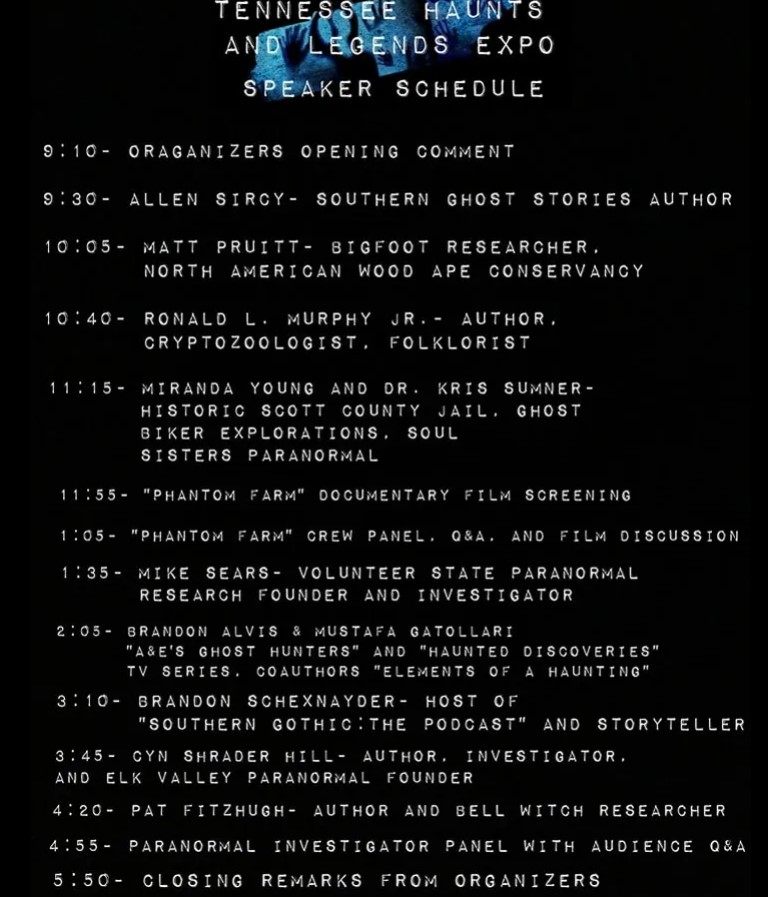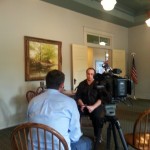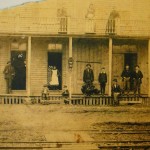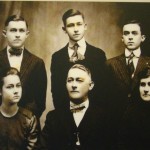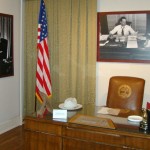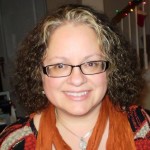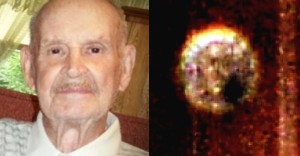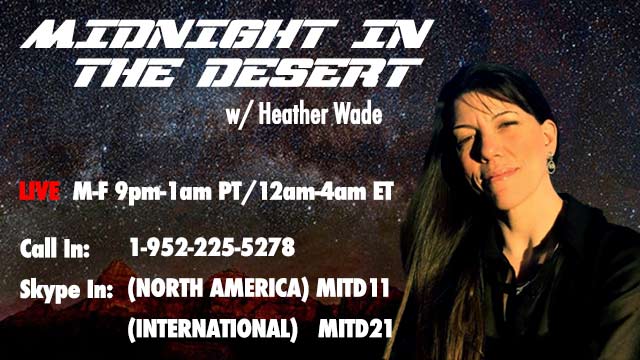Basic EVP Recording Technique
Article by Joyce Dierschke
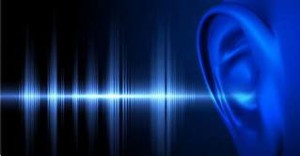
What is EVP?
Electronic Voice Phenomena (EVP) are intelligible voices found in recording media that have no known physical explanation. Many of the voices are thought to originate from deceased people. This is the primary reason that people first began experimenting with EVP.
Characteristics of the Voices
The recorded voices may be very quiet and may be difficult to hear and understand. Most EVP experimenters say that they have developed an “ear” for the sounds after learning to distinguish them from background noise. In transform EVP, the voices can often be recognized as male or female, young or old. Messages are seldom longer than two to four words. The words may be spoken very quickly, and there is often a distinctive cadence to the voices. An analysis shows that they are simulations of voice made from whatever sound is supplied, and are often missing voice box frequencies and have oddly arranged formats.
Types of Recording
In controlled conditions recording, it is possible to control ambient noise and supply special forms of background noise. Auric energy is thought to accumulate in a “special” recording area, which is thought to help make contact. In field recording, it is difficult to control environmental conditions or supply background sound, but in known “haunted” locations, the energy helpful for contact may already be present.
EVP formed in an audio recorder by transforming available background sound is referred to as “transform EVP.” In this, it is sometimes possible to recognize the voice of the speaker. EVP Formed by sweeping a radio dial, or with a computer program such as EVPMaker, are referred to as “opportunistic EVP” because sounds for voice formation must be made available on an “as needed” basis. Radio sweep, and in some applications, EVPMaker, depend on the use of “live” voice. The AA-EVP will not use live voice examples for research because of the problem of undetected false positives. EVPMaker using synthesized voice is preferred for opportunistic EVP.
Environmentally stimulated speech synthesis is a relatively new and promising technique, but it should be noted that all speech synthesis approaches currently being tried do not support speaker recognition.
Recording Procedure
Recording Equipment—Digital voice recorders are recommended to transform EVP. Less expensive models produce more internal noise which is useful for voice formation. High-quality units will probably require added background noise. A computer can also be used, but will probably require added noise.
Scheduling—Entities will speak at any time of day or night. In the beginning, however, it is advisable to record at a regular time and place. By doing this, the entities learn when there will be an opportunity for contact and expectation of the upcoming session helps focus attention on the process. Try to find a place that will be quiet and free of interruptions. Background sounds are okay, but it is important to be aware of these so that they can be distinguished from the EVP. Tagging background noises during recording is best so you will know during data review.
Background Sound Source—Research has shown that for transform EVP, the entities use sounds in the environment to help form the words. Most recording situations have some background sounds, but it may be necessary to add noise with something like a fan or running water. Some people use foreign language radio, crowd babble or audio tapes, but the AA-EVP discourages the use of radio static or live voice of any form.
Preparation—Begin with meditation and a short prayer to ask for only those intending the highest good and an invitation to friends on the other side to participate. It is best to record when personal energy is the highest.
Recording—Vocalize your comments during an EVP session. The entities will often come through as soon as the recorder is turned on. These beginning messages may be the loudest, so it is a good idea to turn on the recorder and wait a few seconds before speaking. Questions should be recorded, and a period of time between each comment should be left for the entities to respond–about ten seconds. At the end, ask if the entity has something to say.
It may help to make an “appointment” with the intended entity the day before, during prayer or meditation. Some also provide feedback before the session so that the entities will know what worked in the last experiment. It is not necessary to record in the dark. People often try different devices and energy sources to help the entities communicate. Leaving written questions in the EVP experiment area the day before has worked for some.
Keep recording short. Recordings should be closely examined, at least until it is understood where to find the voices. A best practice for field recording is to use two recorders. As a rule, EVP will only occur on one recorder or soundtrack, making it possible to avoid mistaking local sounds for EVP (false positives).
Playback—In transform EVP, the voice is usually not heard until playback. Experimenters report that the voices tend to become stronger and clearer as the entities gain in experience, but at first, the voices may speak in whispers. Voices may not be recorded in every session and it may take several sessions to discover the first voice. Hearing the voices is a learned ability. It might take thirty minutes to examine a three or four-minute recording.
Classes of Voices—A Class A voice can be heard and understood over a speaker by most people. A Class B voice can be heard over a speaker, but not everyone will agree as to what is said. A Class C voice can only be heard with headphones and is difficult to understand. Class B or C voices may have one or two clearly understood words. Loud does not equal Class A.
Keeping a Log—Maintaining a record of recording results is very helpful. Include the date, time, seconds into the recording, the message itself and the question asked. Be sure to label and save the audio file so that they can be found at a later time. Experimenters report that they feel weather may affect results, but this has not been well studied. The aaevp.com site has geomagnetic and solar reports. There is also a link for moon phase information.
Digital Voice Recorders
Digital voice recorders are recommended for EVP experiments. Today, all soundtracks—digital or analog—should be listened to on a computer and with a headset. Unlike tape recorders, the built-in microphone is usually satisfactory for EVP. There is a selection guide for audio recorders here. The section includes a setup guide for Audacity, which is an effective audio management program that can be downloaded at no cost. VSPR uses Audacity and Wavpad for sound editing.
Computer Recording
A computer instead of a digital recorder can be used for recording EVP. It should have an audio input jack, speakers, headphone jack and sound player application such as Audacity. Most experimenters use the computer to analyze and store examples. If the recorder does not have a USB interface, it is possible to play the recording into the computer while recording with a recorder program. The Earphone jack of the recorder can be connected to the Microphone or Line 1 jack via a cable. The sound source should be set to the correct jack via the pull-down menu in Audacity. Recording with a sample rate of 11025, mono and 16-bit resolution is sufficient for EVP. Files should be edited as *.wav format but shared as *.mp3.
Analyzing the Recording for EVP
Always use headphones when listening to the recording on a computer. The earmuff style that completely covers the ear is best, but also good are the soft rubber earbuds that are inserted in the channel of the ear.
Be sure to set up a method of saving your recordings in your computer that will allow you to easily locate examples. A good practice is to save the raw recording session in a dated folder and then also save clips containing the EVP in the same folder. Field recordings are saved under the name of the location and the date. It is helpful to keep a separate folder for your Class A examples for easy retrieval for demonstration to friends. The AA-EVP follows the labeling practice of: (c)lisa_butler2008-what_evp_says.mp3. The (c) symbol indicates the intention to protect rights to the example. Using first and last name helps sort many examples in the folder for easy retrieval. The underline and dash symbol with no use of capitals helps assure that computer systems and the Internet accept the name. A 200 kb audio file can be reduced to around 15 Kb when converted from a *.wav file to an *.mps file. This makes it easy for sharing files via the Internet.
In Closing
These guidelines represent the most common technique for recording transform EVP. EVP may occur in any technology that will record voice. With this in mind, it should be clear that there are no hard and fast rules. There is additional information at the http://aaevp.com, including membership information. The AA-EVP Idea Exchange (a benefit of AA-EVP membership) is excellent for asking questions and receiving help in analyzing examples.
AA-EVP is an association of people who are EVP and ITC experimenters and people who have an interest in this phenomenon. Membership helps fund efforts to bring information about EVP to the public. With the help of the public, the AA-EVP is also funding research via the Sarah Estep Research Fund, so please consider joining in this most important endeavor.
Source: American Association Electronic Voice Phenomena (n.d.). Basic EVP Recording Technique. Retrieved November 20, 2008, from
http://www.aaevp.com/techniques/techniques_evp9.htm
Script for Recording Electronic Voice Phenomena
Turn on the recorder.
My name is (provide your name).
Today is (provide day of week, date and time)
I/We am/are at (provide the name or location of investigation)
With me are (provide the names of all people with you)
Also make notes of any loud noises like ticking clocks, traffic outside the building, body noises, etc. (This is often called “tagging”.)
The most important thing to remember is to make no unnecessary noise. This includes fidgeting, talking, etc., and especially DON”T WHISPER!! When listening to the playback, whispering is very easily mistaken for a spirit. Better to speak loudly so everybody will know it is you, than to whisper and contaminate data.
Some Sample Questions – Remember to pause after each question to give the spirit time to communicate. 10-15 seconds is a good pause time limit.
Is there anybody here who would like to
communicate with us today?
We would really like to hear what you have to say.
Would you like to talk to us?
Can you tell us your name please?
Are you male or female?
How old are you?
How are you feeling?
Are you sad or angry?
What is your favorite color?
Do you know what year it is?
If so, please tell me.
Why are you here?
Are you here all the time?
Are you alone?
How many of you are here?
Is there anyone else with you?
What are their names?
Are there children there?
Do you know who we are?
What is today’s date?
Are you a spirit?
Are you resting here?
Are you happy?
Do you know what happened to you?
Can you see us?
Do you know my name?
Would you like us to leave?
Is there any way we can help you?
Is someone keeping you here?
Are you afraid where you are?
Do you have anything to tell us?

